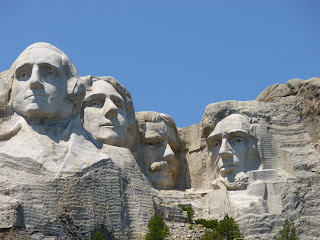 |
| Town readies for July 4 festivities along Mississippi |
 |
| Stone cottages in Mineral Point |
 |
| Scott & Ann at their dental office |
 |
| Trudy in her elegant Chicago apartment |
 |
| Out on the town: Trudy, Scott, Geri, Ann, Ron |
to spend a few days with Trudy, another friend from the 2011 World Cruise. What a magnificent apartment she has on Lake Shore Drive. Ann and Scott joined us one night and the 5 of us had a great night out. Another World Cruise friend, Alan, was in town from Colorado so we got to spend some time with him as well.
 |
| Caroline, Nick, Clare & Norman (with ball in mouth) |
This has been a very social segment of our journey. As I have said before, one of the best aspects of this trip is seeing friends we met on our travels who live scattered across the country. We feel so fortunate to know so many lovely, fun and interesting people.
BOOK NEWS: I am working on a new book called "The Relationship Handbook." If interested, you can read excerpts on my website www.gerioneill.com.














